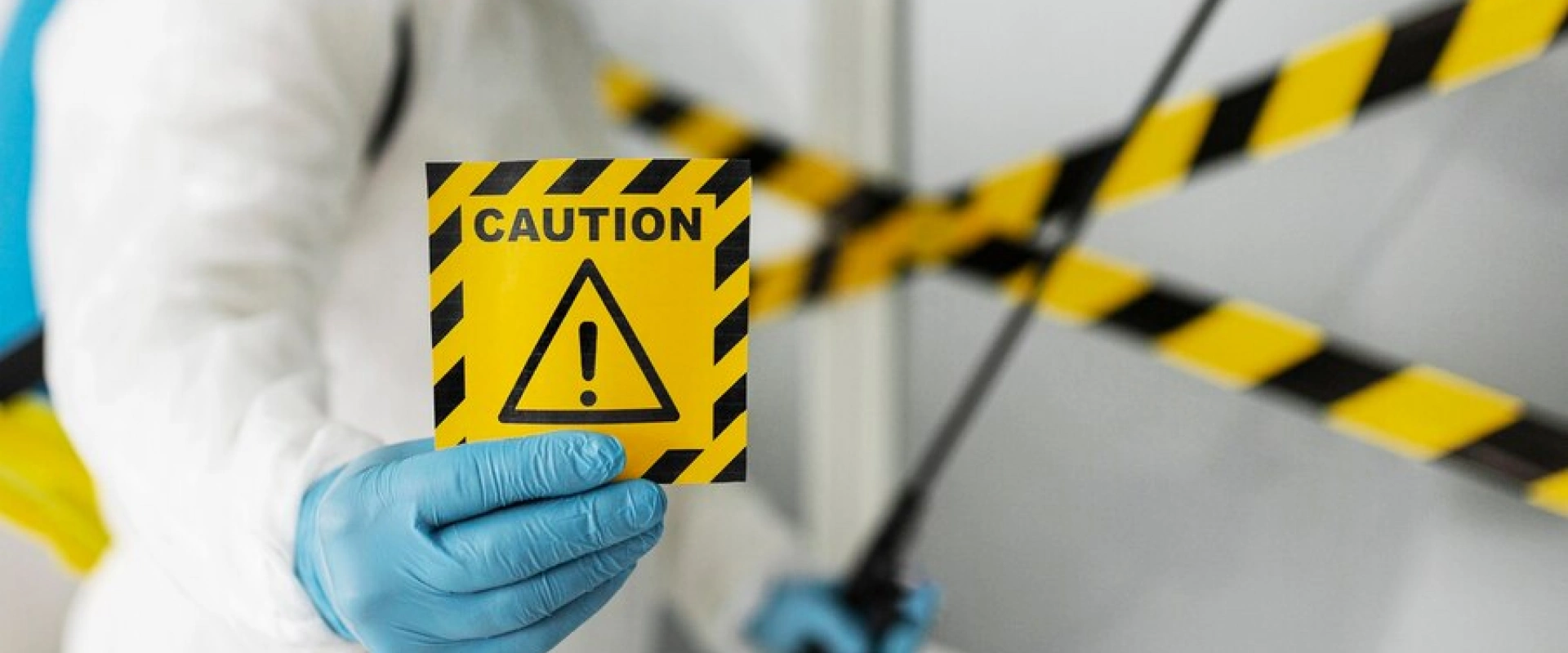Labeling hazardous materials correctly is crucial for ensuring safety, regulatory compliance, and effective communication throughout the supply chain. Proper labeling helps prevent accidents, provides critical information for emergency responders, and ensures safe handling and transportation. Here are the best practices for labeling hazardous materials to maintain safety and compliance.
-
Understand Regulatory Requirements
- Familiarize with Standards: Different regions and industries have specific regulations for labeling hazardous materials. In the United States, OSHA’s Hazard Communication Standard (HCS) and the Globally Harmonized System of Classification and Labeling of Chemicals (GHS) set the requirements for hazard communication. Ensure you are familiar with the relevant regulations for your area and industry.
- Stay Updated: Regulations can change, so it’s important to stay informed about updates and amendments. Regularly review regulatory websites and publications to ensure your labeling practices remain compliant.
-
Use Standardized Label Elements
- Signal Words: Use signal words like “Danger” or “Warning” to indicate the severity of the hazard. “Danger” is used for more severe hazards, while “Warning” is used for less severe hazards.
- Pictograms: Include appropriate pictograms to visually represent the type of hazard. These standardized symbols quickly communicate the nature of the hazard, such as flammability, toxicity, or corrosivity.
- Hazard Statements: Clearly state the nature of the hazard, such as “Causes skin irritation” or “Highly flammable liquid and vapor.” These statements should be concise and accurately describe the risks associated with the material.
- Precautionary Statements: Provide instructions on how to handle the material safely, including protective measures and first-aid instructions. For example, “Wear protective gloves” or “In case of contact with eyes, rinse immediately with plenty of water.”
-
Ensure Label Durability
- Material Selection: Use labels made from durable materials that can withstand the conditions they will be exposed to, such as moisture, chemicals, and abrasion. For example, polyester or vinyl labels are often suitable for harsh environments.
- Adhesive Quality: Ensure the adhesive used is strong enough to keep the label securely attached to the container throughout its lifecycle. The label should not peel off or become illegible over time.
-
Maintain Legibility and Clarity
- Font Size and Style: Use clear, legible fonts in an appropriate size. Avoid overly decorative fonts that are difficult to read. All text should be easily readable from a reasonable distance.
- Color Contrast: Ensure there is sufficient contrast between the text and the background. High contrast improves readability, especially in low-light conditions or for individuals with visual impairments.
-
Include Emergency Contact Information
- Contact Details: Provide emergency contact information, including a phone number that can be reached 24/7. This ensures that in the event of an accident or spill, responders can quickly obtain additional information and instructions.
- Company Information: Include the name, address, and phone number of the manufacturer or distributor. This helps in tracing the source of the hazardous material and obtaining more detailed information if needed.
-
Regularly Review and Update Labels
- Routine Checks: Periodically review your labels to ensure they are still accurate and compliant with current regulations. This is particularly important if there are changes in the formulation of the material or updates to regulatory requirements.
- Employee Training: Train employees on the importance of proper labeling and how to maintain and apply labels correctly. Employees should be aware of the regulatory requirements and the role of labels in ensuring safety.
Conclusion
Proper labeling of hazardous materials is essential for maintaining safety, regulatory compliance, and effective communication. By following these best practices—understanding regulatory requirements, using standardized label elements, ensuring label durability, maintaining legibility and clarity, including emergency contact information, and regularly reviewing and updating labels—you can help prevent accidents and ensure safe handling and transportation of hazardous materials.
For a comprehensive selection of high-quality, compliant labels for hazardous materials, visit NTXSupply.com. NTX Supply offers a wide range of labeling solutions designed to meet your specific needs and ensure safety and compliance in your operations. Explore their products today and find the perfect labels for your business.

